Reaching the flow state
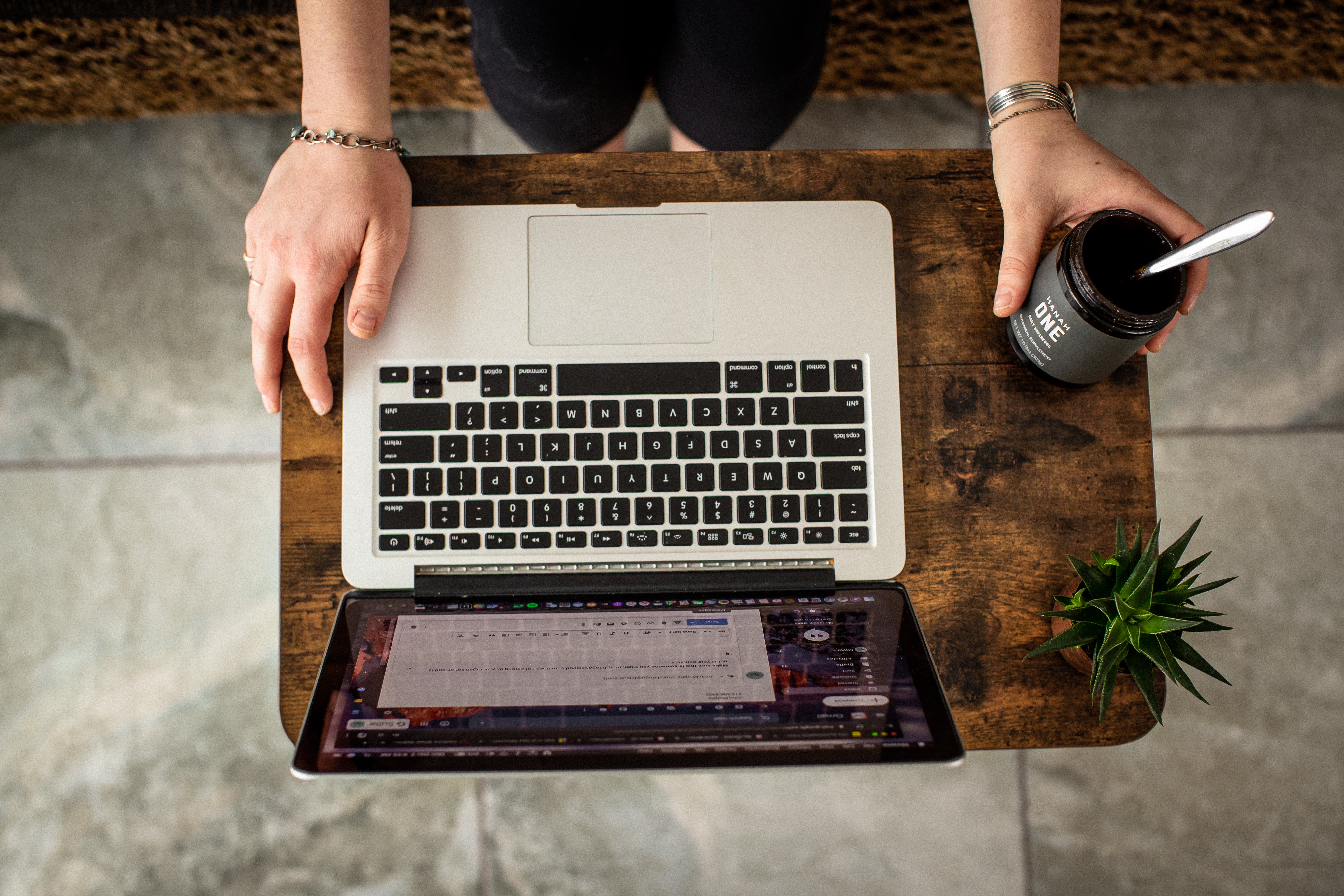
The flow state can be defined as an optimum state of consciousness where we perform our best with a heightened focus and immersion in activities such as art, play, sport and work.
Mihaly Csikszentmihayli, a well-respected positive psychologist, delivered a Ted talk in February of 2004 on his contributing work to our understanding of happiness, creativity, human fulfillment and the notion of “flow.” Having been a young child during World War II in Europe observing adults who were unable to withstand the tragedies that the war bestowed upon them and live a contented life, Mihaly became interested and began to ask, "What makes a life worth living?". Noting that money cannot make us happy, he looked to those who found pleasure and lasting satisfaction in activities that brought about a state of “flow.”
What does it feel like to be in a state of flow?

- We are completely absorbed by what we are doing – we are focused and concentrated.
- There is a sense of ecstasy, or of being outside every-day reality.
- There is often great inner clarity – knowing what needs to be done and how well we are doing.
- There is a knowing that an activity is doable, even if it is difficult – that our skills are adequate to the task.
- There is a sense of serenity – no worries about oneself and a feeling of growing beyond the boundaries of the ego.
- There is a sense of timelessness – we are thoroughly focused on the present, and hours seem to pass in minutes.
- There is an intrinsic motivation – whatever produces flow becomes its own reward.
Achieving the flow state: the triggers

Some think that the flow state is unattainable unless you are an ultra-athlete, but this is not the case. “It is ubiquitous,” says Steven Kotler, author of Superman: Decoding the Science of Ultimate Human Perfection. “Anybody anywhere can apply the triggers for any task. And the amount of time someone spends in the flow has a massive and powerful correlation to life satisfaction.” So how to achieve it?
- Choose a task. A single task that can be done in solitude. Examples are playing piano, gardening, running, skiing, climbing, and writing.
- Allow enough time. Set aside a chunk of time so that the mind can be fully immersed in the task.
- Set clear goals. What you are doing and why you are doing it?
- Provide immediate feedback. In real time, how can we do what we are doing better?
- Near balance of a challenge-to-skills ratio. Flow exists near the midline of boredom and anxiety. If the task is dull, you disengage. If it is too hard, fear spikes and we look for a way out. The challenge needs to be slightly greater than our skill so that we stay in the sweet spot.
- Consequences. If there is danger involved, there is an automatic heightened sense of concentration.
- Rich environment. If there is novelty, complexity, and unpredictability, we are more likely to stay engaged.
- Deep embodiment. Total physical awareness including the five senses as well as proprioception and vestibular awareness.
- Clean and clear body and mind. If you feed your body and mind well, with nutritiously-dense whole foods and supplement with adaptogens and nootropics, both body and mind will flow more freely and with greater ease. HANAH ONE and Ashwagandha can reduce stress, clarify the mind, and increase interlobe communication between the brain hemispheres, creating the prime opening for flow state to emerge.
What happens in flow state: a look inside your brain
During flow, the brain releases an enormous cascade of neurochemistry. Large quantities of norepinephrine, dopamine, endorphins, anandamide and serotonin flood our system. Each of these neurotransmitters are pleasure-inducing performance-enhancing chemicals with considerable impacts on creativity. Both norepinephrine and dopamine amp up focus, boosting imaginative possibilities by helping us gather more information. They also lower signal-to-noise ratios, increasing pattern recognition or our ability to link ideas together in new ways. Anandamide, meanwhile, increases lateral thinking – it expands the size of the database searched by the pattern recognition system.
Flow state and diet
That’s right – there are many herbs and superfoods that work with the chemistry in your brain and body to induce flow. HANAH's newest product, Coffee Boost, contains a blend of three nootropic herbs – Ashwagandha, Bacopa monnieri and Mucuna pruriens. Together these ingredients help to improve focus and concentration, sooth the nervous system and help your body adapt to stress. Ashwagandha – a well-studied nootropic and adaptogenic herb – has been shown to reduce anxiety and enhances mood, helping you gain the confidence and concentration needed to achieve flow. HANAH's flagship product, HANAH ONE, includes the nootropic Gotu Kola (which optimizes cerebral blood flow) and turmeric (which reduces inflammation in the brain). In fact, there are 7 flow-inducing adaptogenic herbs in HANAH ONE that target and harmonize any bodily function that requires balance so that one can find increased focus, clarity and energy naturally.
Ready to try it for yourself?
You can get started with Jimmy Chin's HANAH Superbrew recipe or the HANAH Coffee Boost latte to kickstart your day into calm, focused flow, followed by any of the activities/triggers suggested above.
We’d love to hear from you
What are some of your favorite ways of getting into flow? Have you tried either of the recipes above? If so, how did it make you feel?
Author Megan Henderson is a mom, yoga teacher, former organic farmer, and a writer living in Boulder, Colorado where she grows nightshades and 3 children while drinking homemade kombucha under the suburban starlight.

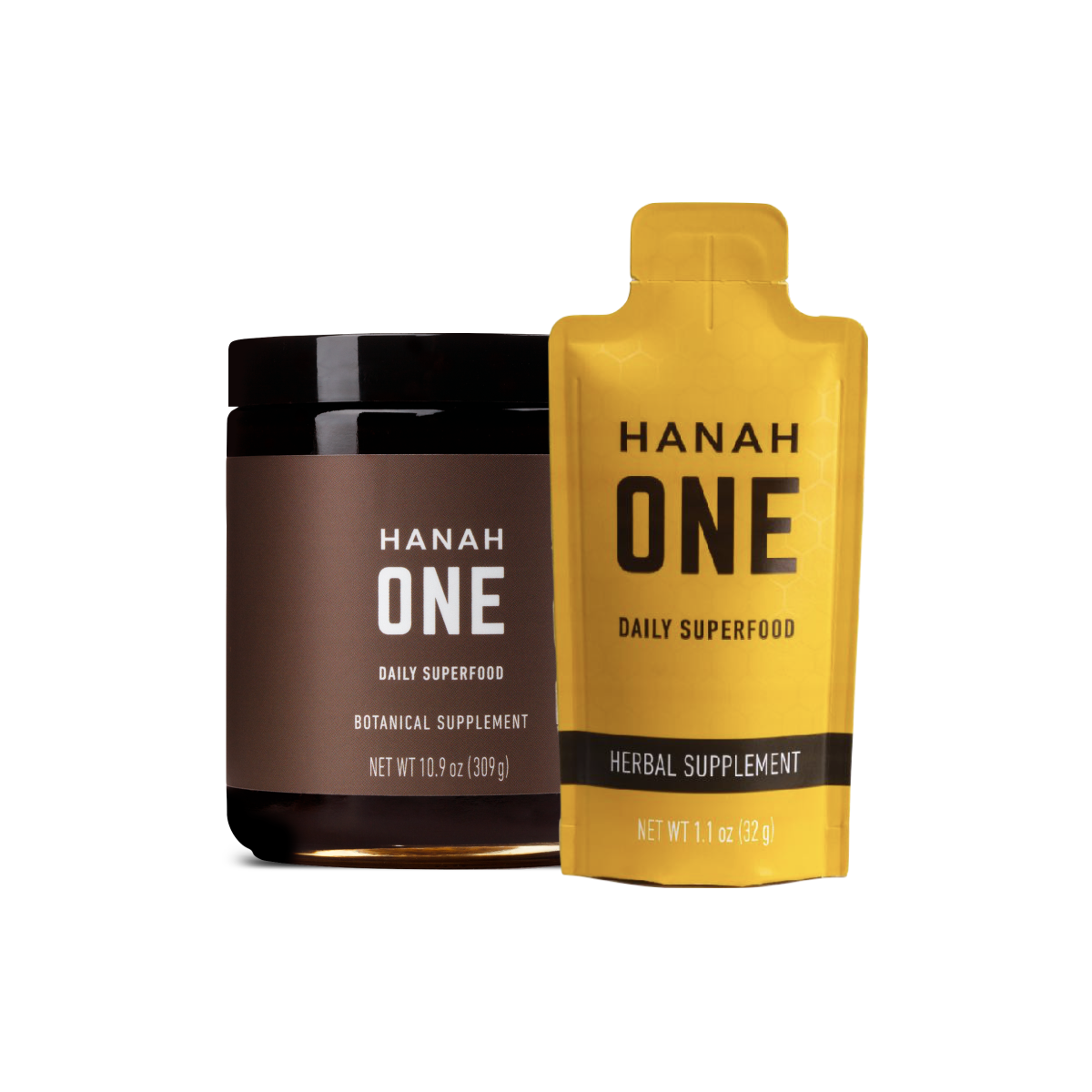
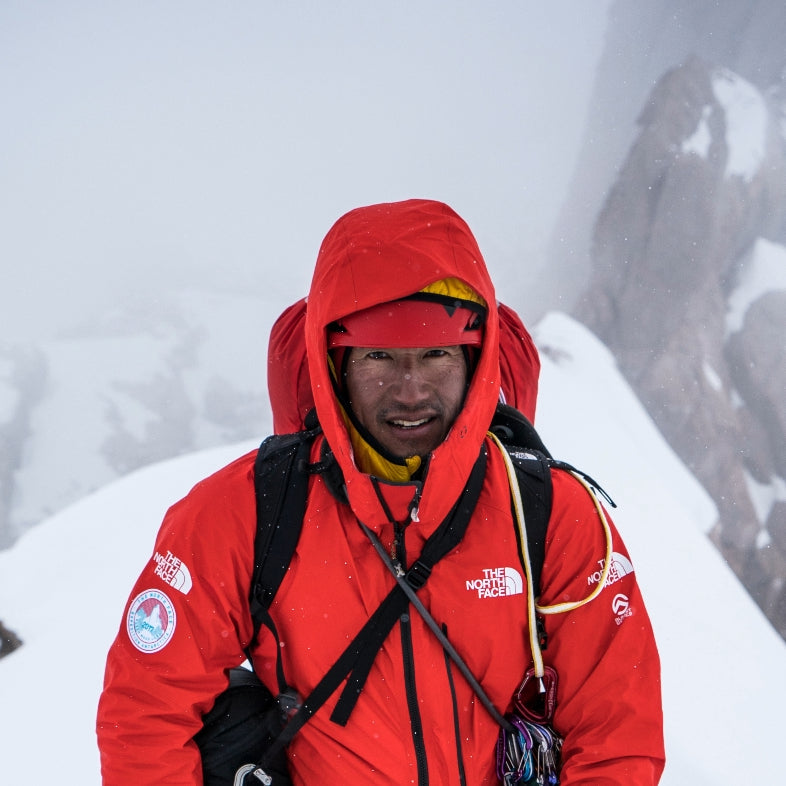

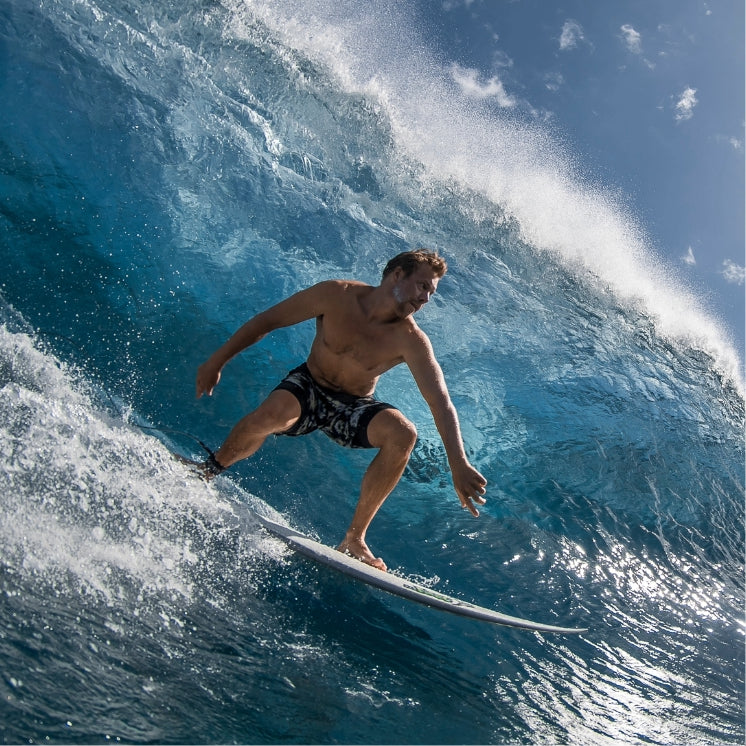
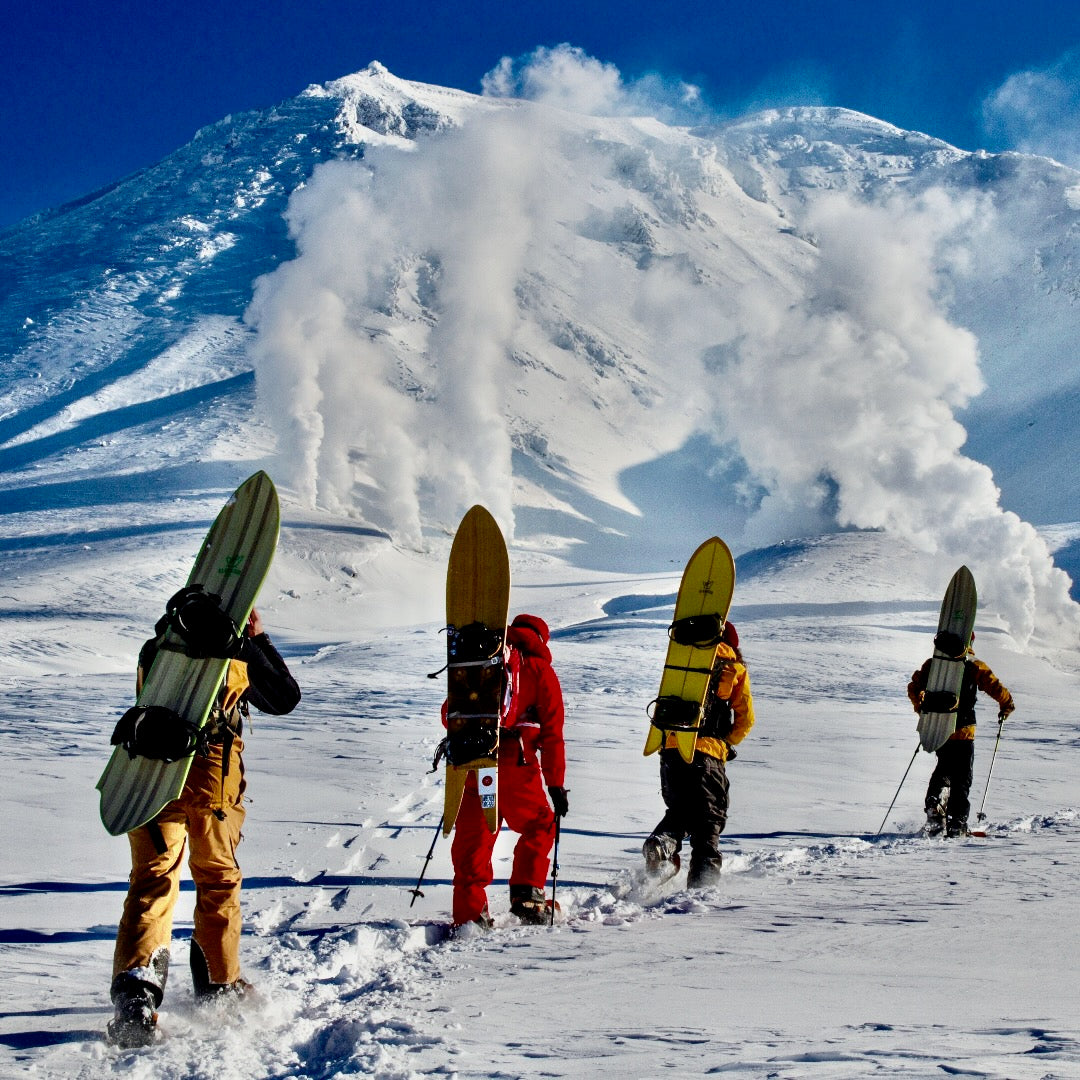


Leave a comment
This site is protected by hCaptcha and the hCaptcha Privacy Policy and Terms of Service apply.